40% risk of a record-breaking flood in Fargo? Up from 10% threat. Details below.
Snow tapers to flurries this morning, with slowly improving travel conditions during the day.
Rain showers Sunday PM.
50s late next week, chance of 60F highs a week from Sunday.
Head-shaking Weather
Can we please talk about something other than
the weather? No, I guess not. Look at the bright side: a low mosquito
count, delayed allergy season, and all this frozen moisture will turn
your lawn a bright shade of green within 10 days, give or take. That,
and as I speculated months ago, our drought is fading - trends are
encouraging.
Unless you live in Fargo, where there is now a
40% threat of record flooding - the result of heavy snow pack and the
specter of rapid warming the next 2 weeks. The one thing I feared was a
"light-switch" spring. Going from knee-deep slush to shirtsleeves in a
week or two sounds good, unless you live near a river.
Two months ago barges were grounded on the
Mississippi - now flooding is predicted; Chicago bailing out form 4-7"
of rain - almost 2 month's worth in 48 hours.
Serious weather whiplash.
Snow tapers this morning - the drive home later today should inspire fewer expletives.
The sun comes out tomorrow - the atmosphere warm enough for rain showers on Sunday.
Consistent 50s arrive the latter half of next week; a shot at 60F a week from tomorrow.
Watch, we'll go from snow to floods and random tornadoes in the meteorological blink of an eye. Get ready for a volatile year.
* thanks to Nick and Shannon Olsen from Minneapolis for having a
well-developed sense of humor, and having the courage to put their
Christmas lights back up!
** latest snowfall totals from NOAA are
here.
What April? As of yesterday 29% of the USA had snow
on the ground, according to NOAA data; as much as 15-25" on the ground
from the Red River Valley into northern Wisconsin and the U.P. of
Michigan.
Snow Water Equivalent. NOAA models show as much as
6-10" of liquid water trapped in the snow pack over the Red River
Valley, some 8-10" amounts over far northern Minnesota. How fast we warm
up, coupled with the potential for more rain, will determine snowmelt
rates, and the potential for major, even record, flooding on the Red
River.
European Solution. Temperatures trend cooler than
average into Tuesday of next week; the atmosphere warm enough for rain
showers Sunday PM, another surge of rain late Monday into Tuesday
morning. Temperatures may top 50 by the end of next week.
Warming Trend. The 70s have disappeared from the
extended GFS outlook (big surprise), but we should be good for 50s and a
few 60s from late April into the first week of May. Grilling weather.
Please God - Let This Forecast Verify. ECMWF model
data (WSI) valid a week from Sunday shows a strong southwest flow at all
levels of the atmosphere; highs may reach the 60s, with 70s over the
Central Plains. A taste of, you know, spring. We'll see.
Fargo Girds For Flooding That Could Hit Record. I am
increasingly concerned about the potential for major flooding in
Fargo/Moorhead, the result of recent heavy (record) snows, a delayed
spring, and the prospect of sudden warmth later next week. Here's an
excerpt from
The Wall Street Journal: "
The
flood forecast for Fargo, N.D., on the northward-flowing Red River of
the North, has darkened in recent weeks after a big snowstorm last
weekend and lingering cold temperatures that have brought the slowest
spring melt on record. On March 21, flood forecasters set the chances
of a record-breaking flood at 15%. On Wednesday, a new forecast raised
that number to 40%. "This is uncharted territory," said Greg Gust, a
meteorologist with the National Weather Service in Grand Forks, N.D.
Despite the chances of another snowstorm and cool temperatures to the
south of the city, significant melting is expected to start in that
region this weekend, Mr. Gust said. The river is expected to rise
rapidly at Fargo in the next two weeks, with a crest expected by the
end of the month, he said..." (photo: Think Progress).
* more 2013 flood forecast details from the Grand Forks, ND office of the NWS
here.
April: Snowiest Month Of The Winter Season In Fargo.
Amazing but true, and that's why there's growing concern about Red
River flooding - so much snow coming so late in the season.
Details from NOAA. (photo: Imara Hixon).
MONTH MONTHLY SNOWFALL
OCTOBER 2012 3.6 INCHES
NOVEMBER 2012 4.8 INCHES
DECEMBER 2012 5.1 INCHES
JANUARY 2013 9.2 INCHES
FEBRUARY 2013 14.4 INCHES
MARCH 2013 14.6 INCHES
APRIL 2013 14.8 INCHES...AS OF APRIL 17TH
Weather Whiplash: Flood Potential Along Mississippi River in Missouri.
Just a few months ago there was so little water in the Mississippi that
barges had to be lightened before floating downstream. Now there's a
very real prospect of flooding on stretches of the Mighty Mississippi.
Details on this amazing change in this
New York Times article.
Alerts Broadcaster Briefing: Here is an excerpt of a briefing for our corporate clients, prepared midday Thursday:
Severe Flooding In Chicago Area. Parts of
Chicagoland have picked up 5-7" rain in the last 2 days. Extensive
flash flooding is being reported, impacting travel and facilities in
low-lying flood-prone areas. Details below
Mudslides. Heavy (5-6"+) rains falling on saturated
soil have resulted in extreme run-off in the Iowa City area, near Des
Moines, with reports of mudslides. Much of the Midwest has transitioned
from drought to flood in the span of less than a week. Another case of
weather-whiplash.
Flooding Underway. The purple dots above show major
flooding currently being reported: on the East Branch of the DuPage
River at Bolingbrook, and the North Branch of the Chicago River in
Chicago. Flash flooding will impact travel and threaten low-lying
facilities with urban and stream/river flooding into at least Saturday
morning before waters begin to recede. The latest information for the
Chicago area is
here.
Near-Blizzard Conditions Possible. Our in-house BPI
(Blizzard Potential Index) shows visibilities under 1/4 mile in
moderate snow (with winds in excess of 30 mph) over much of central
Minnesota and northwest Wisconsin early Friday. Travel will be a mess
after dark as temperatures quickly fall below freezing and snow begins
to rapidly accumulate.
What Spring? Residents of the Upper Midwest are
losing their stoic sense of weather-humor. The same storm spinning up
tornadoes and flooding out parts of the Midwest will dump another
plowable snowfall from northwest Iowa into much of Minnesota and the
northwest third of Wisconsin. The Twin Cities is expecting some 3-6"
amounts tonight and early Friday, as much as 10-12" from Duluth into
the U.P. of Michigan. Perfectly normal...for late February.
Latest Warnings. You can see the outline of the PDS
Tornado Watch in the lower right; red counties signify Flash Flood
Warnings (meaning flooding is being reported). A Winter Storm Warching
is in effect for much of Minnesota and northwest Wisconsin, where ice
and snow is imminent.
Wisconsin Tornado Drill Later Today. Here's more information on today's drill from Todd Krause at the local Twin Cities NWS.
Due to a risk of severe storms over Wisconsin Thursday the drill has been delayed until today. Details:
Wisconsin Schedule for Friday, April 19, 2013:
1:00 p.m. Test watch. The test "Watch County
Notification" (WCN) with the list of counties will be issued by all five
weather offices that serve Wisconsin. SPC will also issue a test WOU.
Weather Radios will activate with the real TOA code.
1:45 p.m. Test Tornado Warning (TOR) issued by all
weather offices that serve Wisconsin. Weather Radios will activate with
the real TOR code.
2:00 p.m. Test Severe Weather Statement (SVS) issued to announce the end of the test warning. No alarm on weather radio.
High-Tech Clear Channel Billboards Will Deliver Tornado Warnings.
Here's a press release from Dan Luna, Meteorologist In Charge of the
Twin Cities National Weather Service, that caught my eye yesterday:
"
Today I had the pleasure of
participating in a press release with Hennepin and Ramsey County EM's,
Hennepin County Board Chair, MN State Highway patrol, and the President
of Clear Channel Outdoor Communications. "Tornado warnings on
ClearChannel Signs Debut During Severe Weather Awareness Week"
The EMs in Ramsey and
Hennepin Counties partnered with Clear Channel to display our tornado
warnings on electronic billboards, assuming the warning polygon falls in
the siren zones. In other words, if we issue a tor for western Hennepin
(not Minneapolis) the billboards in Minneapolis will display their
typical advertising. if the polygon/siren zone falls within downtown
Minneapolis, the warnings will displace the advertisement. There are 47
billboards that can display the warning, most in the west and south
areas of Hennepin County.
In addition, Hennepin County has 6 other electronic signs with will display similar information.
Future endeavors include the
MNDOT signs on the freeway system, and electronic signs on Lake
Minnetonka warning of not only "No Wake" zones, but severe weather too.
The Hennepin County EM and I have been working on this for the
last several months. Hennepin County purchased about 13 weather sensors
recently and we should get that data in the near future. Wright County
is looking at purchasing a few sensors as well.
Attached (photo above) is a
photo of our Hennepin County EM (Eric Waage) at this mornings press
release, with "test" Tornado Warning on 3 different billboards in
downtown Minneapolis."
* This is a promising
development. As I've been saying for years, the more sources of
critical, time-sensitive information, especially tornado warnings, the
greater the odds you'll get the potentially life-saving nugget of
information in time to do something about it. That means NOAA Weather
Radio, local TV and radio, sirens, apps on smart phones, Internet e-mail
alerts, and now "smart billboards".
East Coast Rebuilding, But Vulnerable To Future Sandy's. Here's a clip from
Live Science: "
In
the aftermath of Superstorm Sandy, local governments are rethinking
how to best protect the U.S. coastline from storms and flooding, which
appear likely to exert a larger toll as the result of sea level rise
and climate change. The coast is now much less protected for the next
storm, because Sandy's storm surge
and winds destroyed dunes, flood walls and other barriers, said Joe
Vietri, director of coastal and storm risk management for the U.S. Army
Corps of Engineers, at a news conference here today (April 17)..."
Photo credit above: "
Coastal damage caused by Hurricane Sandy". U.S. Geological Society.
Celestial Magic.
I've seen a lot of great photos (and I want to thank everyone who has
taken the time and effort to forward me a photo or video - I take
nothing for granted). But this one took my breath away, courtesy of
Steve Burns, who captured the Northern Lights and the Milky Way up at
Voyageur National Park last weekend. He earned this photo, camping out
in subzero weather to get the money shot: "This was taken about 3 am
on Sunday morning as the galactic center of the Milky Way was rising to
the east and the aurora was dancing to the north. It's a 180-degree
stitch of 7 vertical captures from northwest to southeast. The light
pollution at the very left is International Falls and on the far right
is Ely. The aurora is a little over-exposed, but I wanted 30 second
exposures for each shot to maintain consistency and really bring out the
stars and foreground." Mission accomplished Steve. Great work.
"If You're Afraid Of Failing...You Won't Get Very Far" The immortal words of Apple Founder Steve Jobs. Some words of wisdom for all of us in this classic video clip courtesy of
Business Insider: "
This YouTube video of Steve Jobs
is making the rounds again and for good reason. It's less than two
minutes long and it encapsulates one of the best bits of advice Steve
Jobs ever offered on how to succeed. In it, he tells of the story of
being a 12-year-old kid who picked up the phone and called legendary
tech founder Bill Hewlett
to ask him for spare parts. Hewlett wound up giving him a job and
that's where Jobs became friends with Woz and the inklings of Apple were
born. It's from an interview Jobs did in 1994."
What Will The World Look Like In 50 Years? It's a
tough question to answer. We all hope that things will be better for our
kids and grandkids. Sustainable growth, ways to grow the economy and
empower (and feed) people worldwide, while respecting the environment.
Tapping neural networks and crowd-sourcing to tackle emerging problems.
It's in our DNA to focus on today, what's in front of us - we have a
much harder time reimagining the future. Here's a video clip from
ashoka.org that may just get the gears cranking:
Editor's note: This is an update from Ashoka at the Skoll World Forum. This post was originally found on Forbes and was written by Felicity McLean, the communications manager at Ashoka UK. In
our world of both exponential growth and accelerating innovation,
systems of repetition are “doomed to collapse.” We need to make radical
changes to the frameworks in which we operate. The world is now an
interconnected neural network, where problems are considered shared and
where solutions are crowdsourced—we’re no longer living in silos. This
power of connection has begun—and will continue—to reveal what we are
capable of. We must work together to redefine what “growth” and
“development” really mean..."
Going Green....
Hybrid Solar System Boosts Natural Gas Powerplant Efficiency By 20 Percent. Here's an interesting mash-up of power sources, with potentially promising implications, details from
gizmag.com: "
Solar
power holds the promise of clean, limitless energy, but it currently
suffers from high costs and an inherent disadvantage of not working
when the sun isn't shining. The Department of Energy's Pacific
Northwest National Laboratory is taking a best-of-both-worlds approach
by developing a hybrid solar/gas system that increases the efficiency
and reduces the carbon footprint of natural gas power plants. The PNNL
system uses a parabolic mirror to focus sunlight on a four by two-foot
(1.2 x 0.6-m) chemical reactor lined with narrow channels 8.1 mm (0.318
in) wide. The sunlight heats natural gas in the channels next to a
catalyst that breaks down the gas molecules into a mixture of hydrogen
and carbon dioxide called synthesis gas or syngas..."
"Algae-Powered" Building Opens In Germany. This one made me do a double-take, courtesy of
gizmag.com: "
Splitterwerk
Architects and engineering firm Arup have unveiled what is thought to
be the world's first building to be powered partly by algae. Officially
"unveiled" at the International Building Exhibition hosted in Hamburg,
the design, dubbed the BIQ, has a "bio-adaptive" facade that is
claimed to be a first for using algae within its glass-paneled facades
in order to generate energy, and provide shade, to a working building..."
Photo credit above: "
Splitterwerk Architects and
engineering firm ARUP have unveiled the worlds first algae powered
building at the International Building Exhibition hosted in Hamburg." (Photo: Arup)
TODAY: Snow tapers. 4-7" totals. Wet roads PM hours. Winds: NW 15-25. High: 37
FRIDAY NIGHT: Lingering clouds, winds ease a bit. Near-record lows? Low: 20
SATURDAY: Partly sunny. Vague hints of spring. Melting snow. High: 42
SUNDAY: Milder, a few rain showers by afternoon/evening. Wake-up: 35. High: 51
MONDAY: Mostly cloudy, rain arrives late in the day. Wake-up: 38. High: 46
TUESDAY: A cold rain tapers, unsettled. Wake-up: 36. High: 45
WEDNESDAY: Sun returns, a bit milder. Wake-up: 33. High: 49
THURSDAY: Mix of clouds and sun, not bad. Wake-up: 34. HIgh: near 50
Climate Stories....
What Killed The New Electric Car? Here's the intro to a story at The New Yorker documenting the travails of
Fisker Automotive: "
Fisker
Automotive, maker of the Karma, a hundred-thousand-dollar electric-gas
hybrid sports car, is in deep trouble. It’s laid off seventy-five per
cent of its workforce, hasn’t produced a single car in nine months, and
may well declare bankruptcy in the next couple of weeks. And opponents
of the U.S. government’s attempts to invest in green energy couldn’t
be happier, since Fisker received nearly two hundred million dollars in
loans from the Department of Energy under a program designed to foster
investment in electric and hybrid vehicles. Fisker’s failure (like
that of the solar company Solyndra before it) is, as a result, being
held up as evidence of the futility of all government investments in
green technology. Lou Dobbs said, simply, “All they pick are losers.”
And House Republican Jim Jordan, who will be chairing a hearing next
week on the government’s loan to Fisker, called the company’s troubles
“a very timely case study of what happens when the Department of Energy
plays venture capitalist with taxpayer money...”
Climate Change Deniers Strike Out - Even In Energy-Rich Kansas. Here's an excerpt from
The Christian Science Monitor: "....
Despite
the success of these policies in creating jobs and reducing
climate-altering emissions, some of the same fossil-fuel special
interest groups that have worked for years to spread false doubt about
climate science are now trying to do the same to clean energy. The North
Carolina Solar Center, a public service center at North Carolina State University, counts more than 40 pieces of legislation or lawsuits in
more than 20 states aimed at reversing progress on clean energy. But
opponents of renewable energy don’t have the facts on their side. And
thankfully, that still matters. A bipartisan majority of state lawmakers
in Kansas
just voted to kill two bills aimed at weakening their state’s
renewable electricity standard, which requires utilities to source 20
percent of their power from renewable electricity by 2020. The bills
were sponsored by legislative committees stacked with more than half a dozen members of the American Legislative Exchange Council (ALEC), a corporate-funded group that creates model legislation..."
Photo credit above: "
Wind turbines of the Smoky Hill Wind
Farm dot the countryside near Ellsworth, Kan. Kansas legislators
rejected an effort to weaken a state policy that requires utilities to
generate 20 percent of their electricity from wind and other renewable
resources by 2020." Orlin Wagner/AP/File
Keystone XL Pipeline Exacerbates Climate Change. Here is an excerpt of an Op-Ed at
Yahoo News written by Scientific American journalist David Biello: "...
If Keystone XL is built, and an additional 830,000 barrels of tar sands oil flows south each day, the climate change impacts will be "unacceptable," said former NASA climatologist James Hansen
on the conference call. "Yet, governments are not only allowing the
development of any fossil fuel that can be found, but particularly
unconventional oil like tar sands and shale oil."
Based on an estimate of 598 kilograms of greenhouse gases per barrel
of oil, Keystone's more than 300 million barrels a year would result in
more pollution than that emitted by 37.7 million passenger cars..."
The "Hockey Stick" Slaps Back. Here's an excerpt of a very informative post summarizing recent papers and trends from
skepticblog.org: "...
STILL
not convinced? Then we will go even further back in time, to the
EPICA-1 ice cores in Antarctica (Siegenthaler et al., 2005), which
drilled back over 680,000 years into the past. This
core recovered air samples from trapped gas bubbles that gives us an
isotopic and carbon dioxide record through the past 6 or 7
glacial-interglacial cycles (each lasting about 110,000 years, and due
to the Milankovitch orbital eccentricity cycle that has been well known
for decades). As these records show, at no time during any of the
previous interglacial cycles did the atmospheric carbon dioxide level
exceed 300 ppm, even at the warmest part—yet our planet is well above
350 ppm today, and shooting rapidly to 400 ppm in a few years and
possibly to 600 ppm before the end of the century. THAT is not natural “climate variability” by any stretch of the imagination!..."
Global Warming Affects Seasonal Rainfall Patterns. Here's the intro to a review of a recent research paper at
bizcommunity.com: "
Two
mechanisms have been found to complement each other and together shape
the spatial distribution of seasonal rainfall in the tropics,
according to the study by a group of Chinese and Hawaii scientists
published in the 14 April 2013 online issue of Nature Geoscience. The
one mechanism, called "wet-gets-wetter", predicts that rainfall should
increase in regions that already have much rain, with a tendency for
dry regions to get dryer. The second mechanism, called the
"warmer-gets-wetter", predicts rainfall should increase in regions where
sea surface temperature rises above the tropical average warming..."
Clean Energy Progress Too Slow To Limit Global Warming, Warns IEA.
The Guardian has details: "
The development of low-carbon energy is progressing too slowly to limit global warming, the International Energy Agency (IEA) said on Wednesday.
With power generation still dominated by coal and governments failing
to increase investment in clean energy, top climate scientists have
said that the target of keeping the global temperature rise to less
than 2C this century is slipping out of reach.
"The drive to clean up the world's energy system has stalled," said
Maria van der Hoeven, the IEA's executive director, at the launch of
the agency's report on clean energy progress..."
Photo credit above: "
The development of low-carbon energy
is progressing too slowly to limit global warming, the International
Energy Agency (IEA) said." Photograph: Murdo Macleod
Liberal Senator To Activists: Make Climate Change Like Immigration, Gay Rights. Here's an excerpt of a story at
The Hill: "...
I
think there is a shift at the state level,” he said, noting
participation of some GOP governors in climate initiatives and that
governors also “see the value of green energy in their states.” “I think
there is a latent movement within the Republican power structure,”
Whiethouse said. “The real question is, if you are concerned about the
future of the Republican Party, do you want to have the image of that
party, as this generation grows up, to be that they were the party that
stopped and opposed action on what likely will be the most important
issue in these kids’ lives, and did so on the basis of a lot of
propaganda and lies from the polluting industry. That is a narrative
that can’t be good for the party,” Whitehouse said..."
EarthTalk: 4-Step Plan For U.S. To Ease Global Warming. Here's an excerpt from the NRDC and
WestportNews: "...
Step
1 is to cut global warming pollution via "strong legislation that caps
carbon emissions and makes polluters pay for the global warming gases
they produce." Step 2 involves investing more in green jobs and clean
energy. Producing more fuel efficient cars constitutes Step 3. Creating
green homes and buildings is Step 4. Step 5: Build more sustainable
communities and transportation networks. Individuals need to play a
role, too, by altering our behaviors to reduce our individual carbon
footprints. NRDC has several suggestions along these lines as well.
Walking, biking or using public transit instead of driving is one. If
you must drive, make sure for best gas mileage that your car is tuned
and your tires are properly inflated. If in need of a new car, look
into a hybrid or electric that consumes less or no gasoline..."
Photo credit above: "
Building sustainable transportation
systems that would reduce scenes like traffic-clogged I-95, is one of
the steps to reducing the greenhouse gases that are fueling global
warming." Photo: Keelin Daly
"Climate Has Always Changed". That's a true
statement, but now, for the first time, man is impacting, in a
significant way, the chemistry of the atmosphere, by burning fossil
fuels and releasing greenhouse gases into the atmosphere. Here is a good
response to the "hey, climate has always changed!" meme, from veteran
Denver TV meteorologist Mike Nelson, at
The Yale Forum On Climate Change And The Media: "...
It
is absolutely true that the Earth’s climate has cycled through great
changes over the course of our geologic history. These changes are
obvious in the fossil record — my home town area of Denver was once
under a great shallow ocean. These changes result from a variety of
causes, from volcanoes to continental drift to the shift in Earth’s
orbit on its journey around the Sun, to changes in the output of energy
from the Sun. One of the key components to our Ice Ages has been what
are called Milankovitch Cycles. These long-term changes in the shape
of our orbit and the shift in the tilt of the Earth work like the
complex gears of a clock, gradually switching our planet from Ice Age
to warmer periods and back again. The Milankovitch Cycles
are well documented and have been a primary driver of our changing
climate for hundreds of thousands to millions of years. Now, for the
first time in the Earth’s history, there is evidence that these gears
may be impacted by changes in the atmospheric chemistry — changes that
are being caused by human activity..."
U.S. Needs A Better Disaster Plan. Here's an excerpt of an Op-Ed at
The Los Angeles Times that resonated: "...
Natural
disasters have become increasingly costly to the United States, both
in terms of the toll they take on American communities and in the
direct costs of mounting a federal response. The federal government
spent about $150 billion on relief efforts after Hurricane Katrina, and
has so far committed about $60 billion for Superstorm Sandy.
The best estimate going forward is that the federal government will
spend in the neighborhood of $50 billion a year (in constant dollars)
on natural disasters, up from less than $10 billion a decade ago. What
accounts for this increase? In the words of environmental geographer
Gilbert White, "Floods are acts of God, but flood losses are largely
acts of man." Although climate change may be making the occurrence of
major storms and floods more frequent, poor planning and bad
development decisions are making disasters more expensive..."

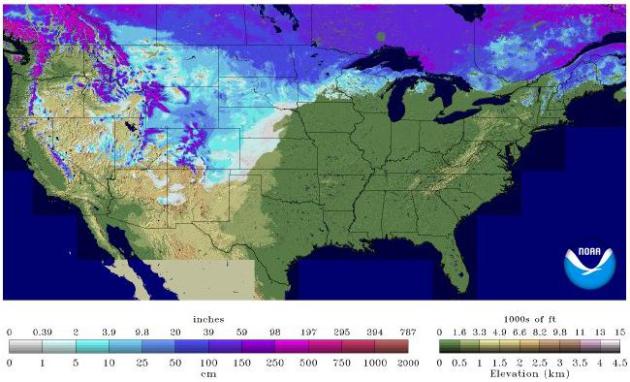
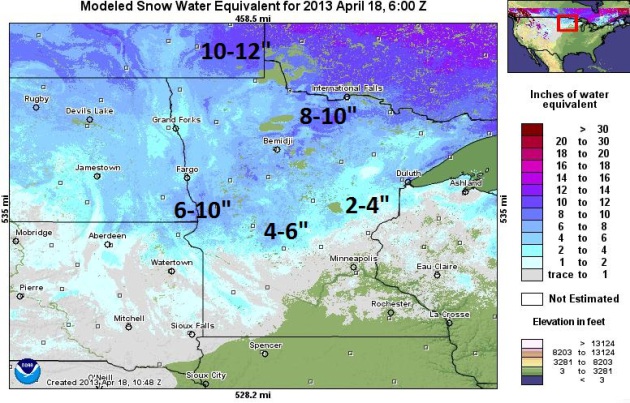

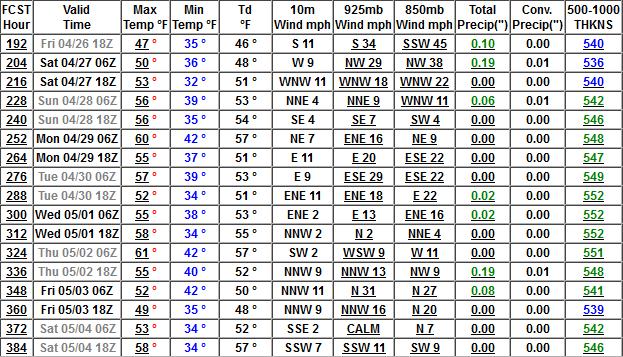
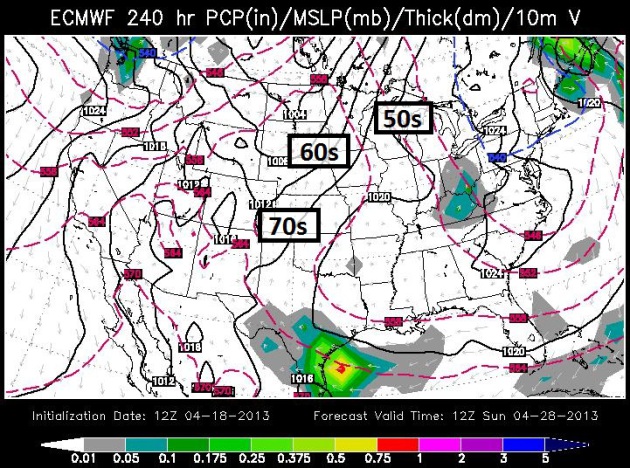
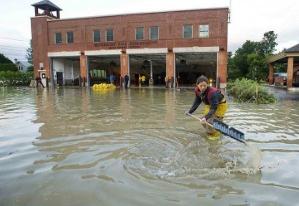
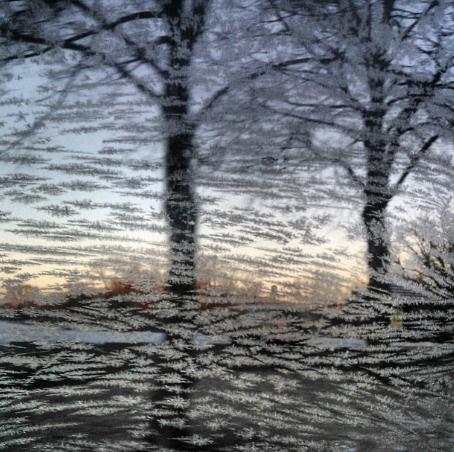
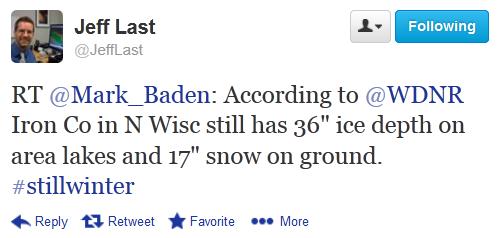



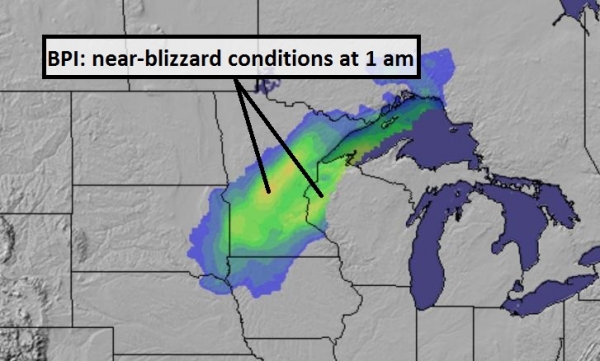
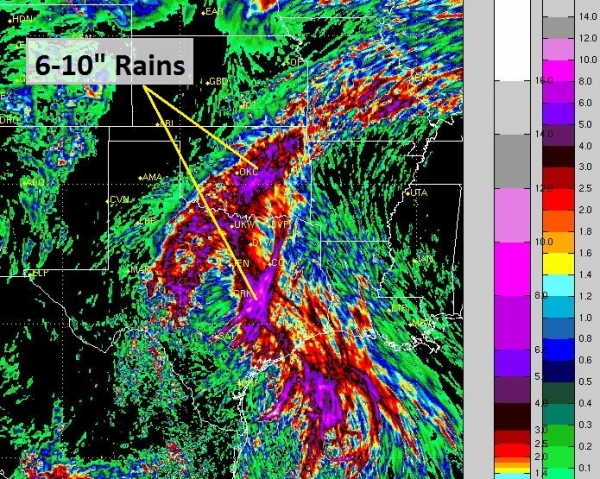

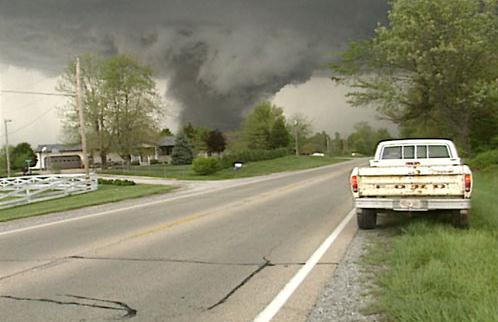

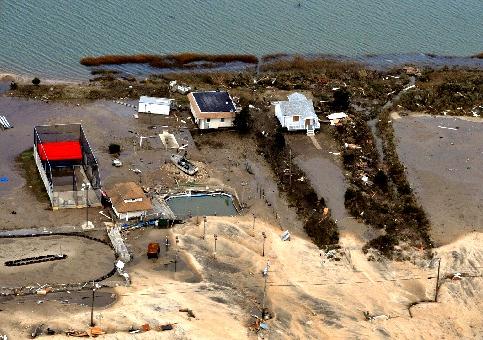

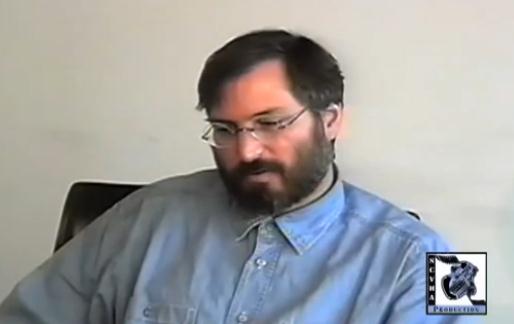



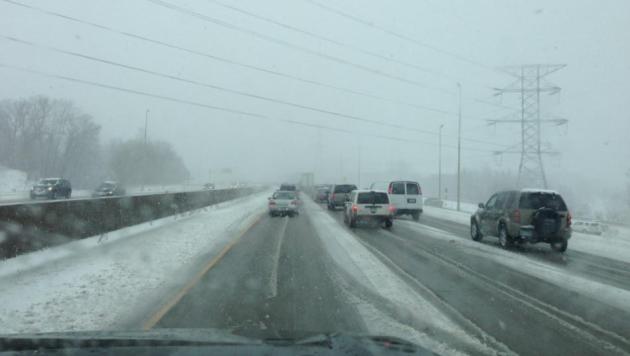
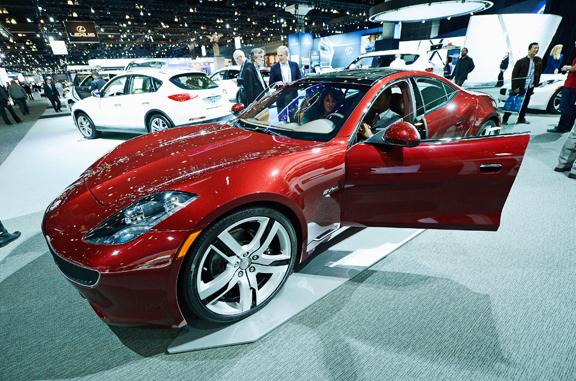
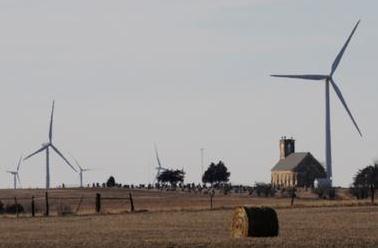


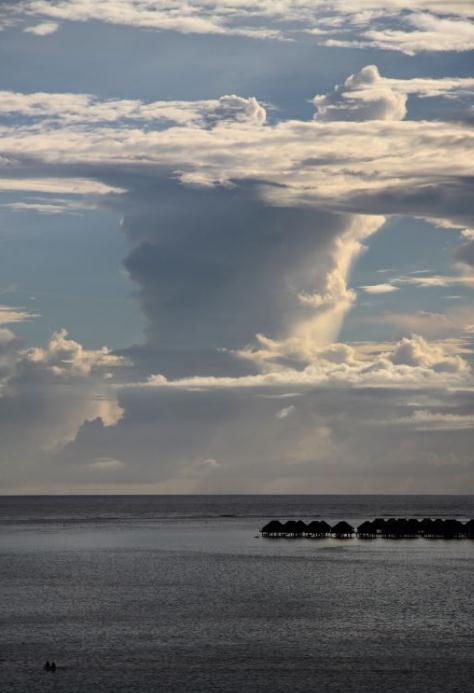


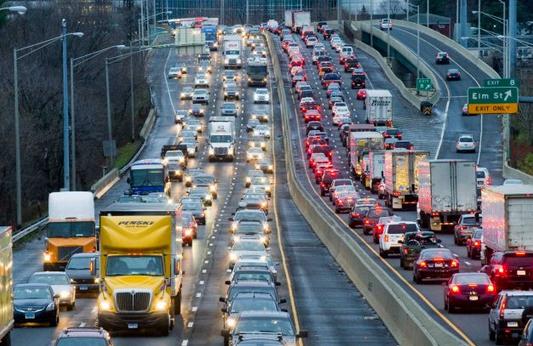


No comments:
Post a Comment